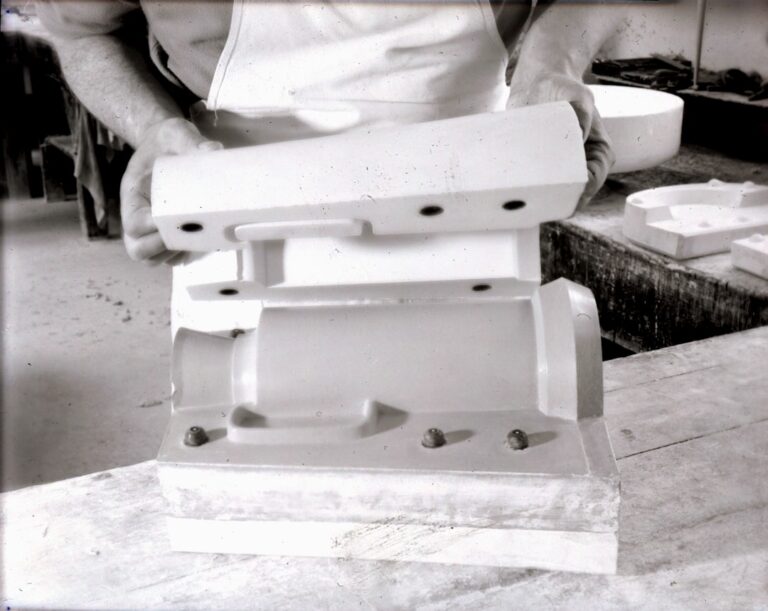Forestry tillers are specialized pieces of equipment designed to prepare soil for planting and managing forested areas. These machines are essential for landowners, forestry professionals, and agriculturalists who aim to cultivate land that may be rocky, uneven, or densely vegetated. Unlike standard tillers, forestry tillers are built to handle tougher conditions, often featuring reinforced frames and heavy-duty components that can withstand the rigors of working in forested environments.
They are typically attached to tractors or other heavy machinery, allowing for efficient soil preparation over large areas. The primary function of a forestry tiller is to break up compacted soil, mix in organic matter, and create a suitable seedbed for new plantings. This process is crucial in reforestation efforts, where the goal is to restore native species and improve biodiversity.
Additionally, forestry tillers can help control invasive species by uprooting unwanted plants and mixing them into the soil, thereby enhancing the overall health of the ecosystem. The versatility of these machines makes them invaluable in various applications, from small-scale gardening projects to large-scale forestry operations.
Factors to Consider When Choosing a Forestry Tiller
Size and Power of the tiller
The horsepower of the tractor or vehicle that will be used in conjunction with the tiller is paramount; it must be sufficient to handle the tiller’s requirements without straining the engine. Generally, larger tillers require more horsepower, so understanding the compatibility between the tiller and the tractor is essential for optimal performance.
Type of Terrain
Another important factor is the type of terrain where the tiller will be used. Different models are designed for various soil types and conditions. For instance, if the land is rocky or heavily compacted, a tiller with robust tines and a strong frame will be necessary to penetrate the ground effectively. Conversely, if the soil is relatively soft and loamy, a lighter model may suffice.
Tiller Width and Maneuverability
Additionally, the width of the tiller should be considered; wider models can cover more ground in less time but may be harder to maneuver in tight spaces or on uneven terrain.
Top Brands and Models of Forestry Tillers

The market for forestry tillers features several reputable brands known for their durability and performance. One such brand is Land Pride, which offers a range of tillers designed for different applications. Their RTA Series Rotary Tillers are particularly popular among forestry professionals due to their heavy-duty construction and ability to handle tough soil conditions.
These models come equipped with features such as adjustable side skids for depth control and a chain-driven design that enhances reliability. Another notable brand is Bush Hog, which has been a trusted name in agricultural equipment for decades. Their RT Series Rotary Tillers are engineered for high performance and longevity, making them ideal for forestry applications.
With features like a reinforced frame and heavy-duty tines, these tillers can effectively break up hard soil while minimizing wear and tear on the machine itself. Bush Hog’s commitment to quality ensures that their products can withstand the demands of rigorous forestry work.
Where to Find the Best Forestry Tillers for Sale
| Brand | Model | Working Width | Engine Power | Weight |
|---|---|---|---|---|
| John Deere | RT11 Series | 48 inches | 20-40 HP | 350 lbs |
| Bobcat | LT405 Series | 60 inches | 30-60 HP | 450 lbs |
| Caterpillar | FTX128L Series | 72 inches | 40-80 HP | 550 lbs |
Finding the right forestry tiller involves exploring various avenues where these machines are sold. Local agricultural equipment dealers often carry a selection of forestry tillers from reputable brands. Visiting these dealerships allows potential buyers to see the equipment firsthand, ask questions about specifications, and even test the machines if possible.
Additionally, dealers may offer financing options or warranties that can provide peace of mind with such a significant investment. Online marketplaces have also become increasingly popular for purchasing forestry tillers. Websites like TractorHouse and EquipmentTrader feature listings from both dealers and private sellers, providing a wide range of options at varying price points.
Buyers can filter their searches based on specific criteria such as brand, model, price range, and location, making it easier to find a suitable machine. However, when purchasing online, it is crucial to verify the seller’s reputation and ensure that any used equipment is thoroughly inspected before finalizing a purchase.
Tips for Maintaining and Using a Forestry Tiller
Proper maintenance is essential for ensuring the longevity and efficiency of a forestry tiller. Regular inspections should be conducted to check for wear on tines, belts, and other moving parts. Keeping these components in good condition not only enhances performance but also prevents costly repairs down the line.
Lubricating moving parts according to the manufacturer’s recommendations is another critical aspect of maintenance that should not be overlooked. When using a forestry tiller, operators should be mindful of their technique to maximize effectiveness while minimizing damage to the machine and surrounding environment. It is advisable to start with shallow passes when breaking new ground, gradually increasing depth as needed.
This approach helps prevent excessive strain on the tiller and allows for better soil aeration. Additionally, operators should be aware of their surroundings; avoiding rocks or large roots can prevent damage to both the tiller and the landscape.
The Benefits of Investing in a Quality Forestry Tiller

Increased Efficiency in Land Management
A well-designed tiller can significantly reduce the time and labor required to prepare land for planting or maintenance compared to manual methods or less robust equipment. This efficiency translates into cost savings over time, as fewer hours spent on land preparation means lower labor costs.
Improved Soil Health and Productivity
By effectively breaking up compacted soil and incorporating organic matter, these machines create an optimal environment for seed germination and root development. This leads to healthier plants that are better equipped to thrive in their environment.
Long-term Sustainability
In reforestation efforts, this means higher survival rates for newly planted trees and a more resilient ecosystem overall. The long-term benefits of investing in a quality forestry tiller are evident not only in immediate productivity but also in the sustainability of forested areas for future generations.








